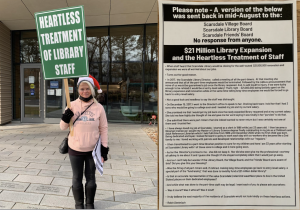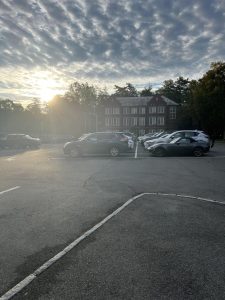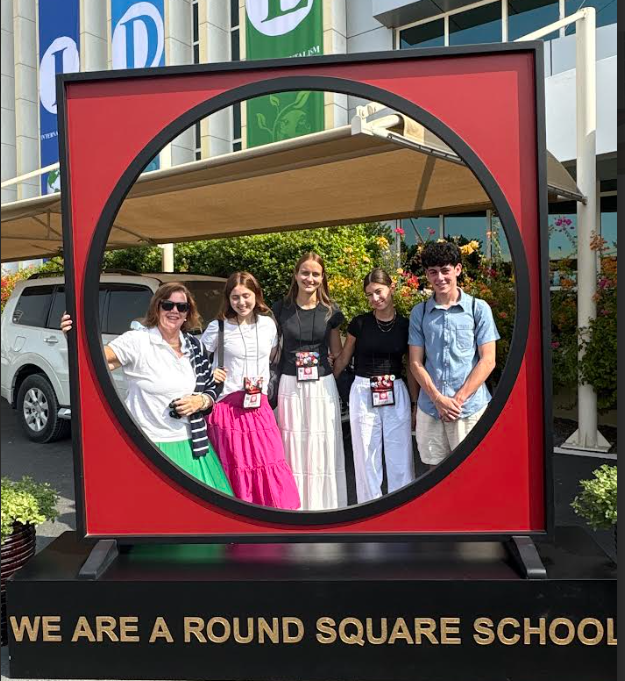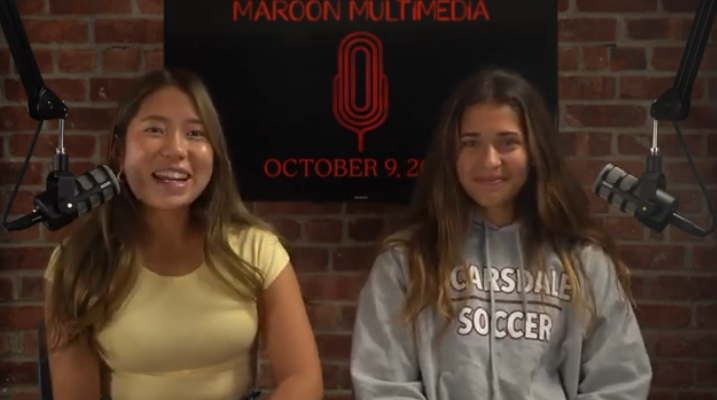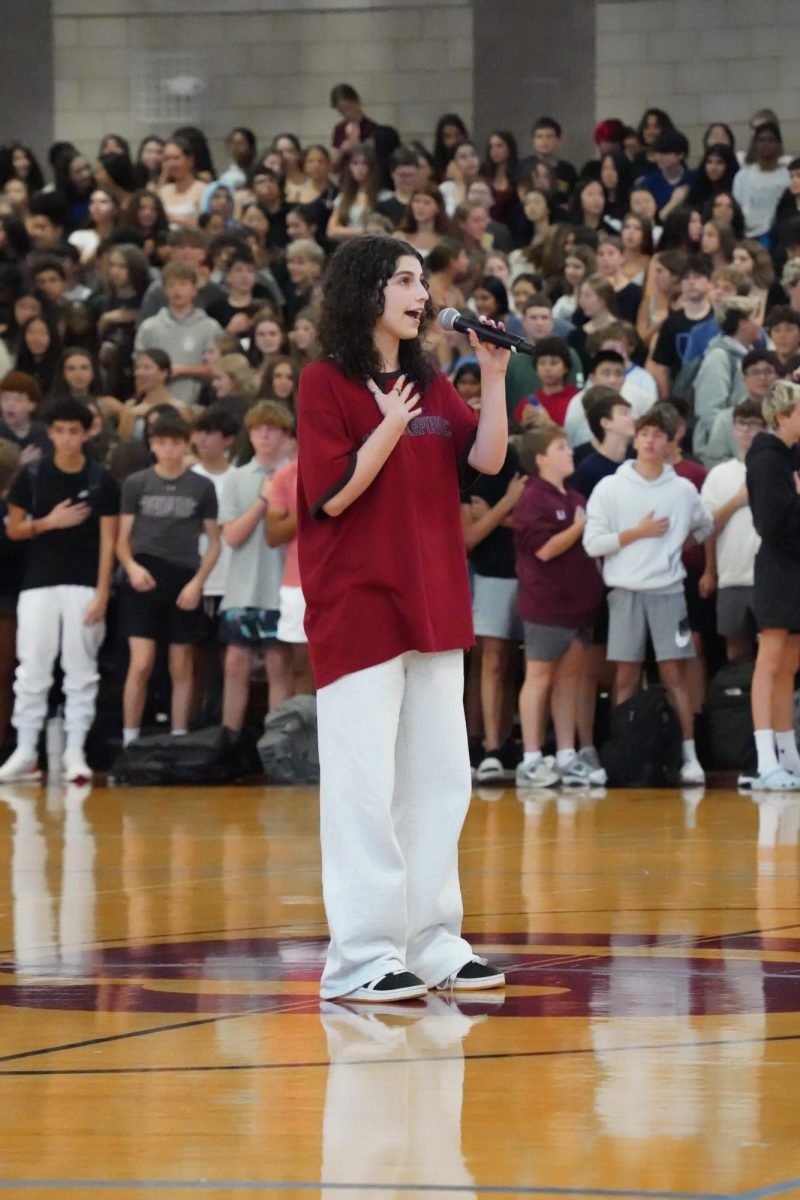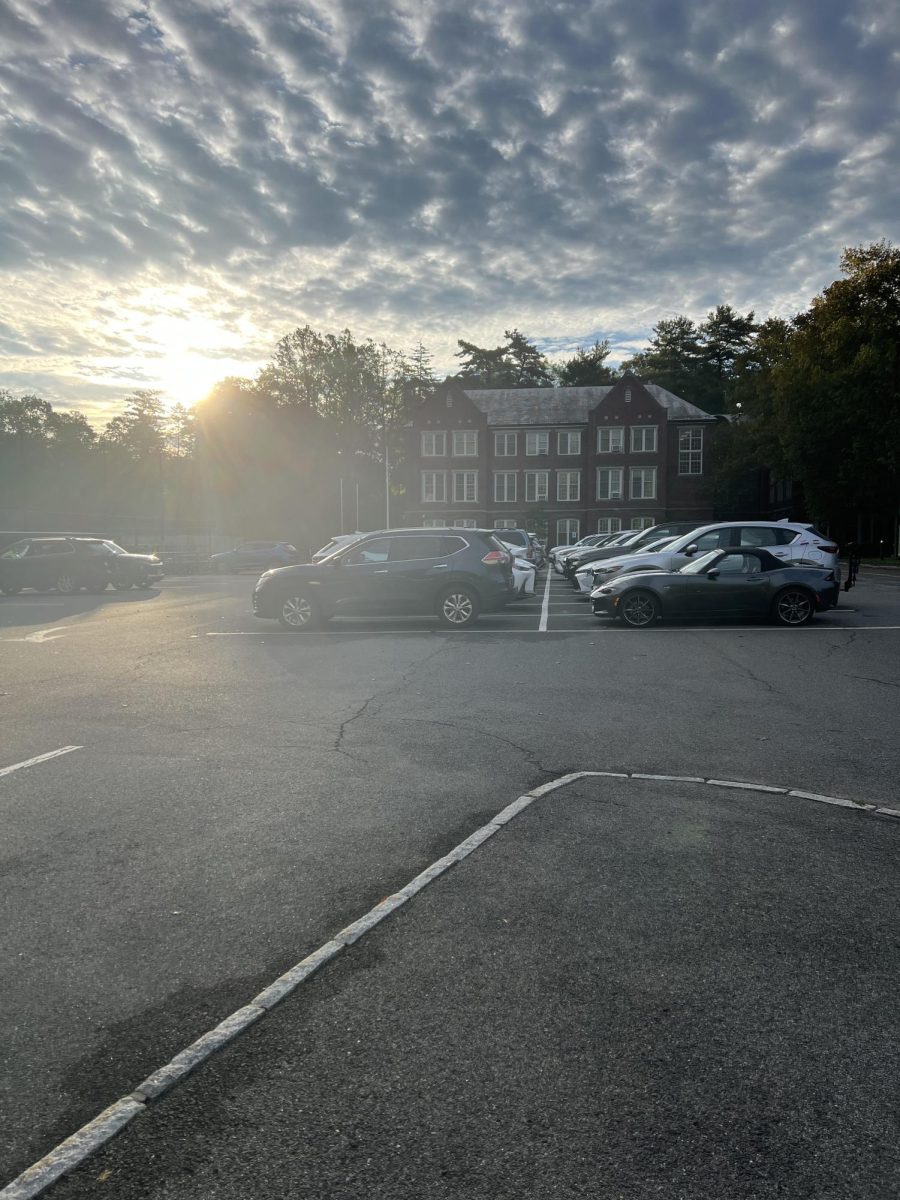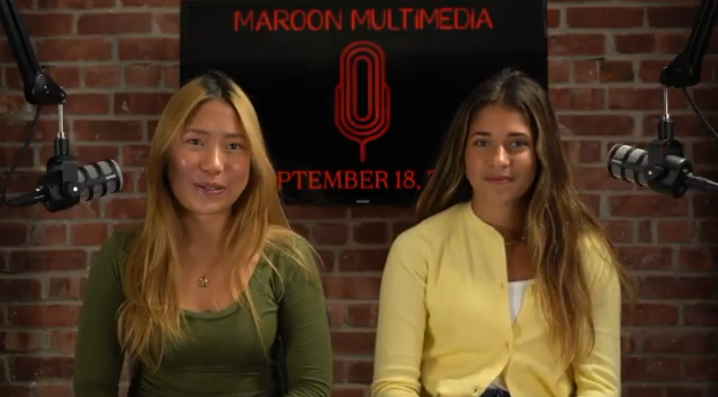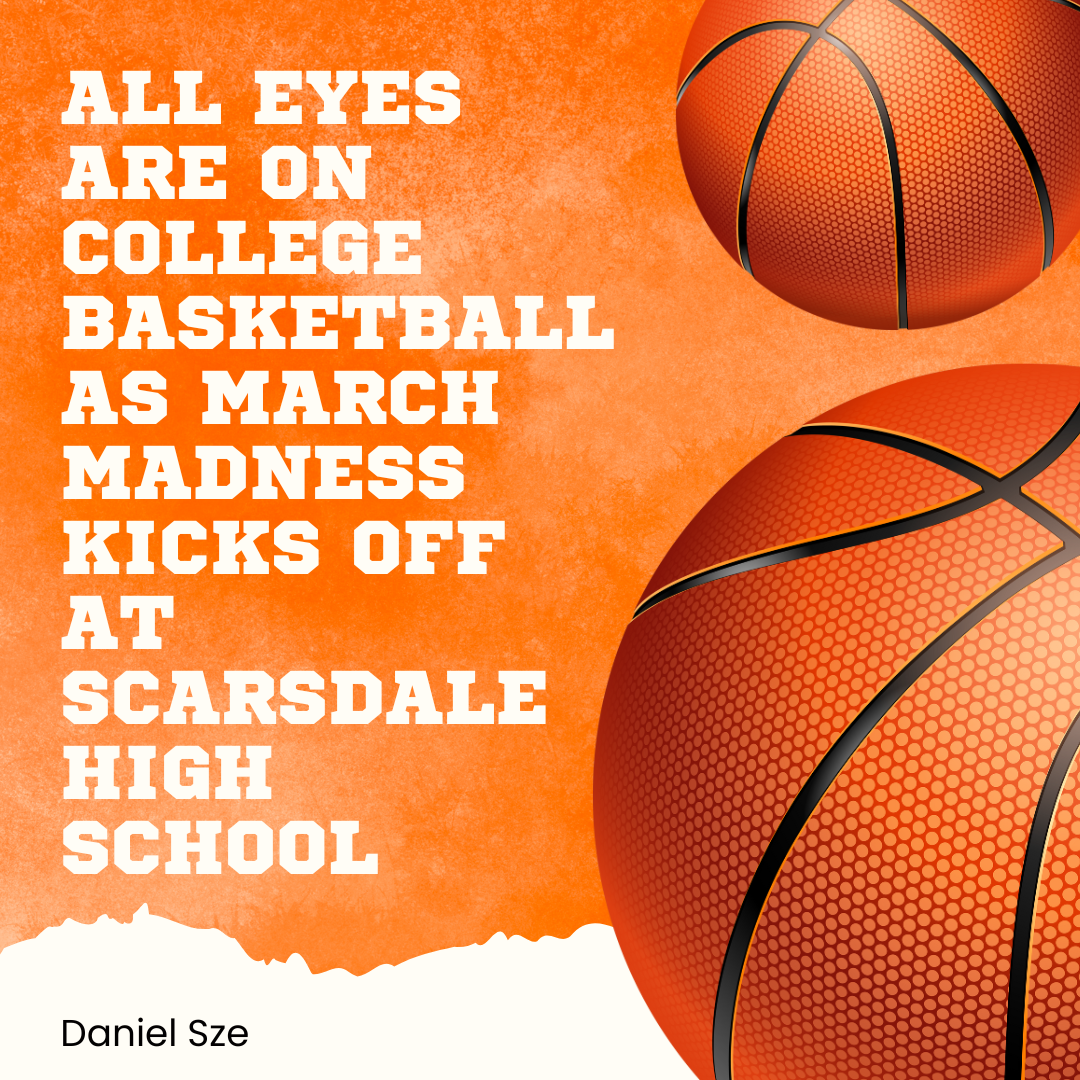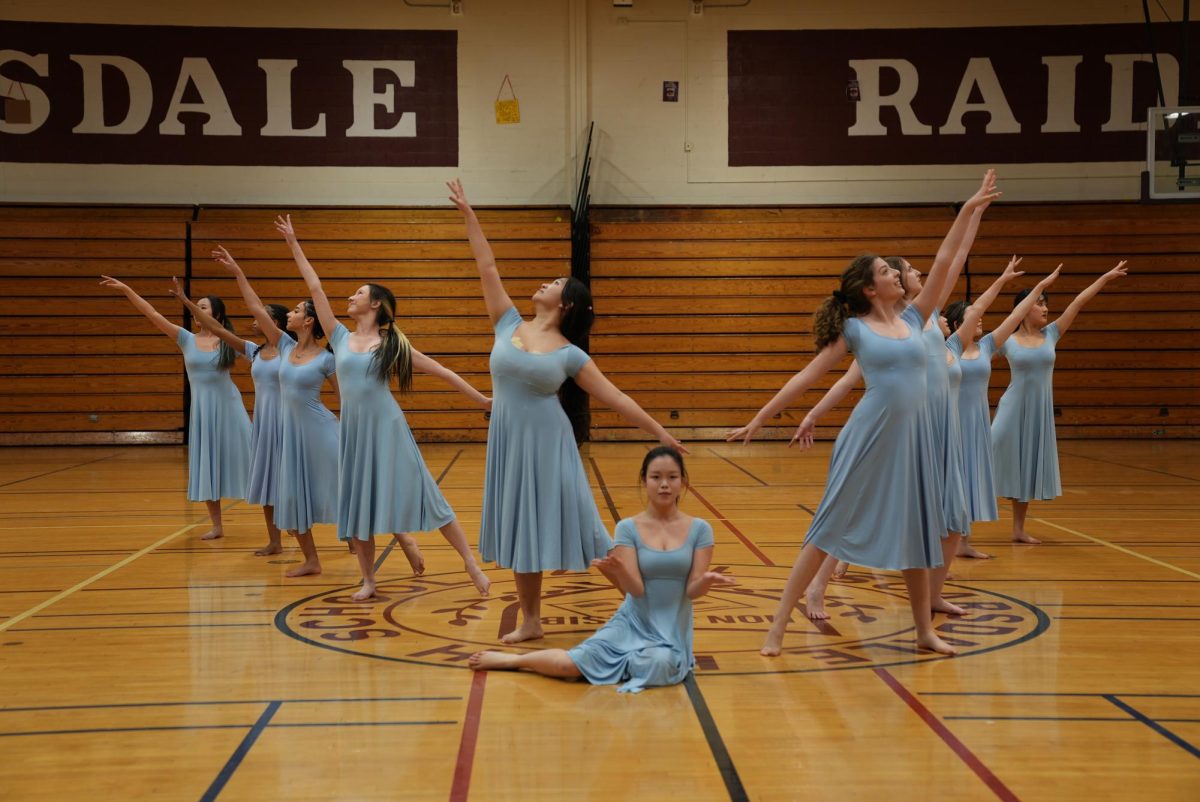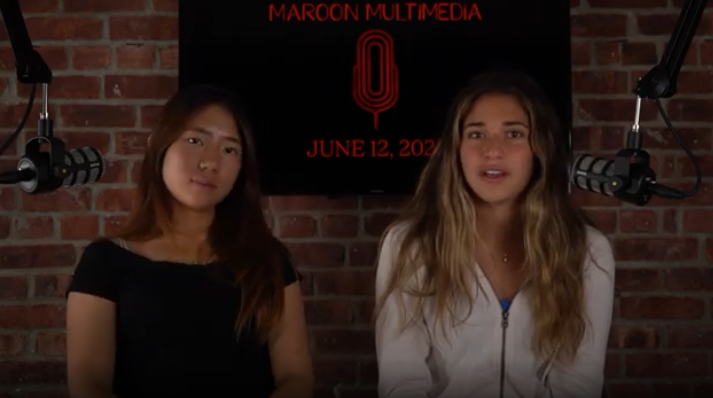A Comedy of Errors Review
April 11, 2018
The Shakespeare club recently performed A Comedy of Errors, one of Shakespeare’s shorter plays. It tells the story of two sets of identical twins, and the misadventures that occur when they are mistaken for each other.
Antipholus of Syracuse, along with his servant, Dromio of Syracuse, have traveled to the city of Ephesus to search for Antipholus’ long-lost twin. Ephesus, it turns out, is in fact the home of his twin, Antipholus of Ephesus, and his servant, Dromio of Ephesus. However, the twins do not meet or know of each other’s existences until the end of the play, leading to a series of comedic mishaps. At one point, Antipholus of Ephesus’ wife is enraged and hurt when the man she believes is her husband doesn’t recognize her – because he is the wrong Antipholus. At another, members of the town become convinced that Antipholus has been possessed by a demon because he does not know who they are, and try to exorcise him.
The cast’s enthusiasm brought the play to life. The two leads, Charles Simonds ’18 and Caroline Higgins ’20, fully understood their characters and made the audience laugh and sympathize with them. Throughout the play, references to pop culture appeared and helped the audience connect to the story. At one point, Antipholus of Ephesus requests a gold chain from a merchant, but his brother, Antipholus of Syracuse, is the one who actually receives it. When Antipholus of Ephesus denies receiving the gold chain, the merchant cries, “Fake news!” prompting the audience to burst out laughing.
.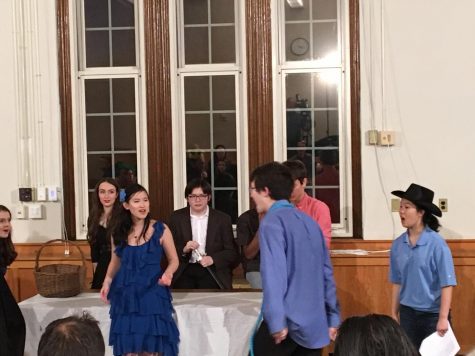
We also appreciated the design and clothing choices. The plot is inherently confusing, but the club’s choice to have the Ephesus contingent wear blue and the Syracuse contingent wear orange made the story easier to follow. The club also used props creatively, such as their use of a water spray bottle during the exorcism scene of Antipholus of Ephesus. “The play made me laugh. I didn’t expect to be able to understand Shakespeare,but the productions use of props and modern references made the story come alive,” said Deborah Zhang ’19.
In summary, ’twas good and funny.


